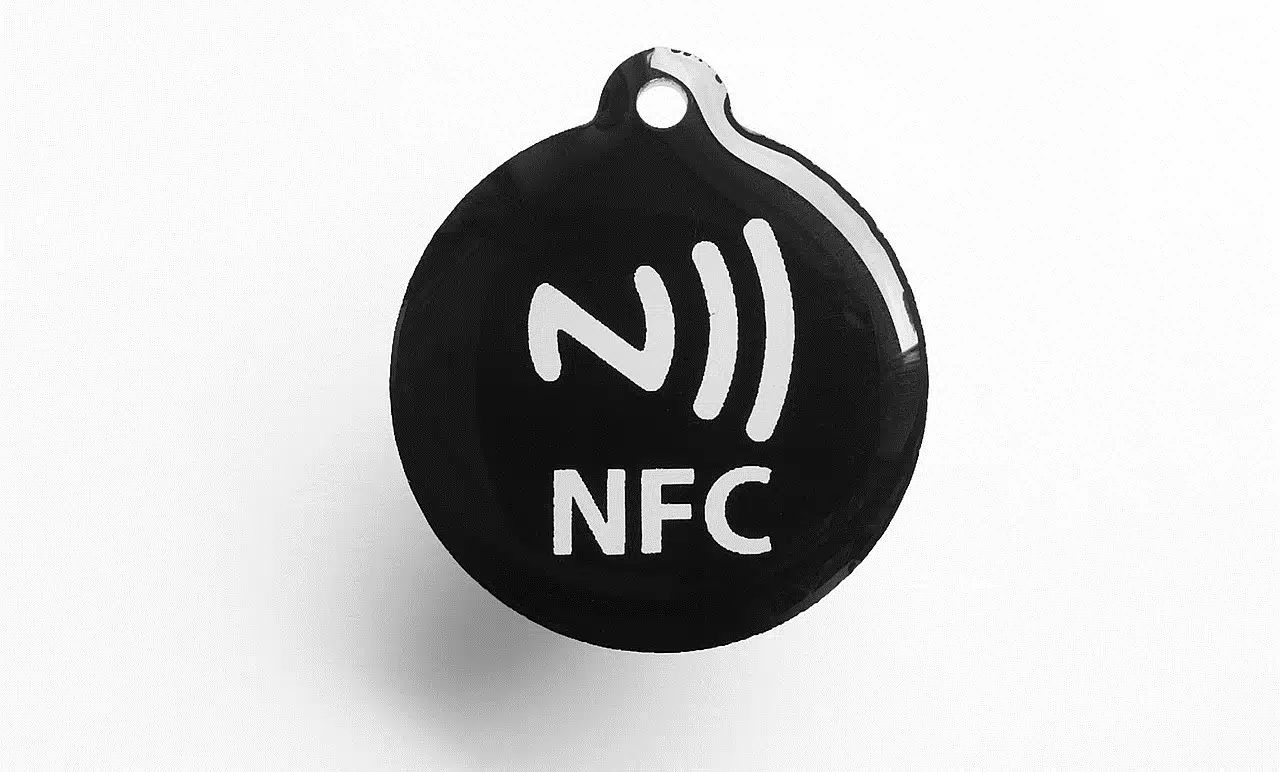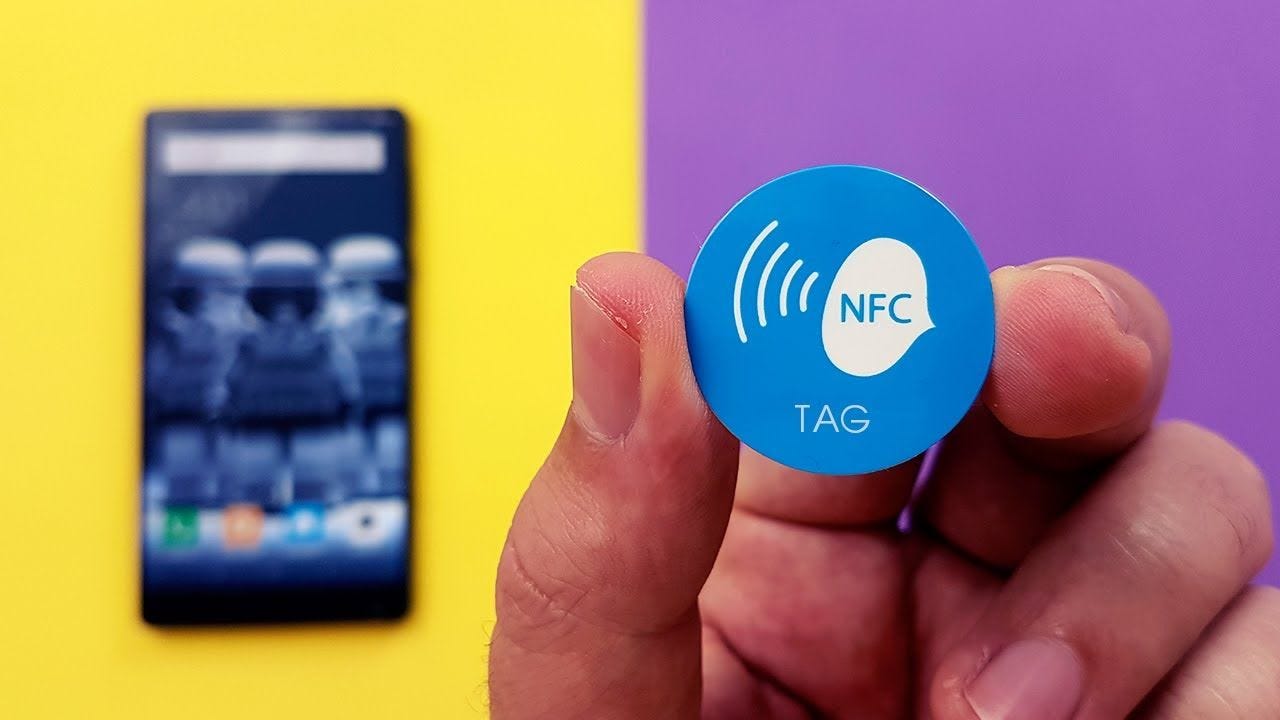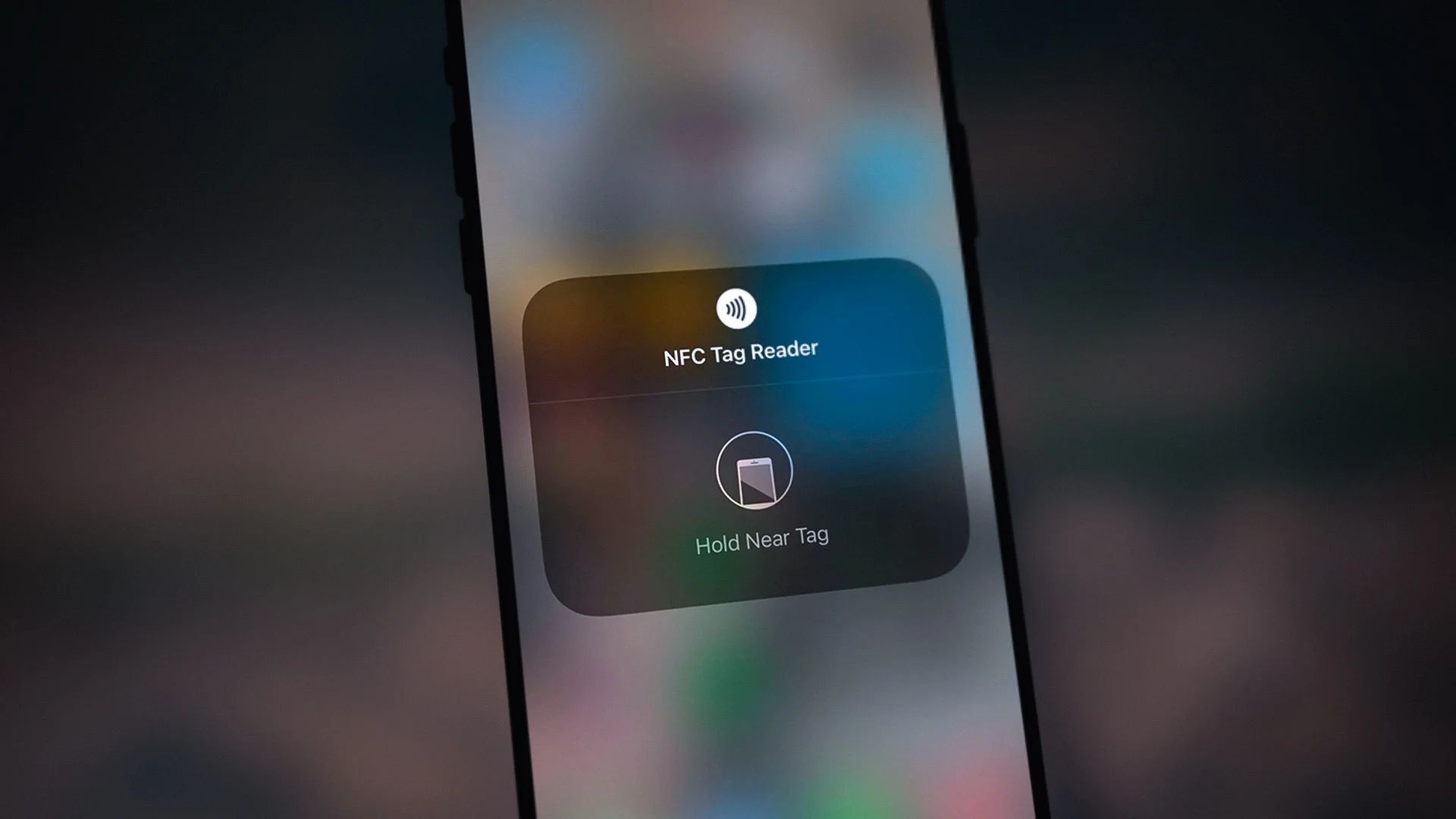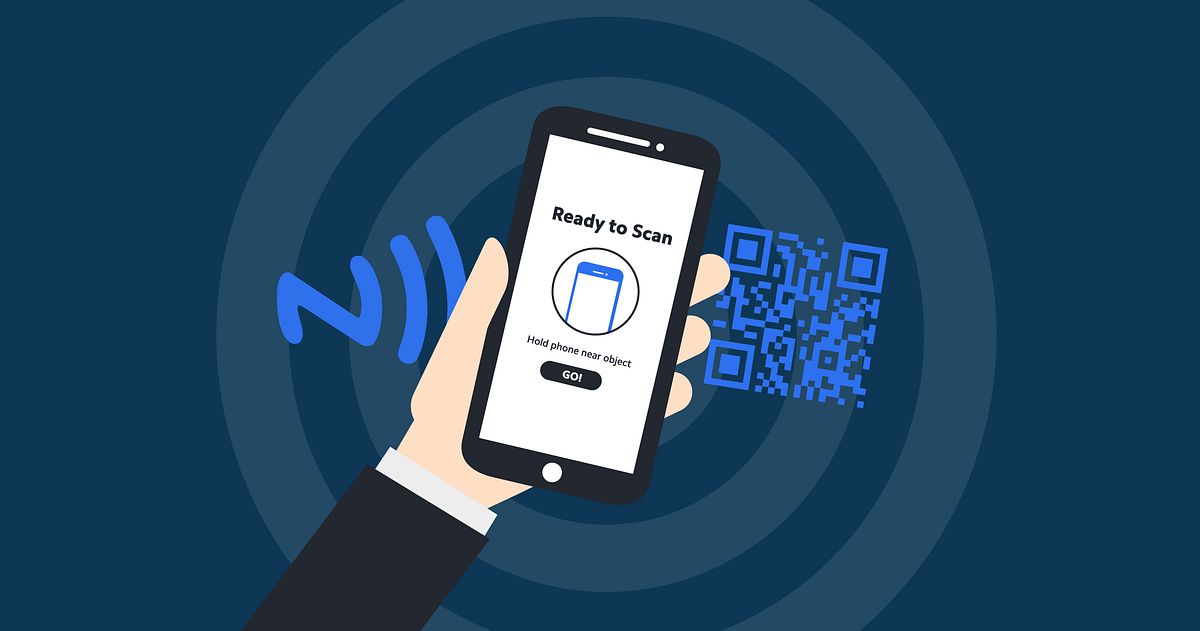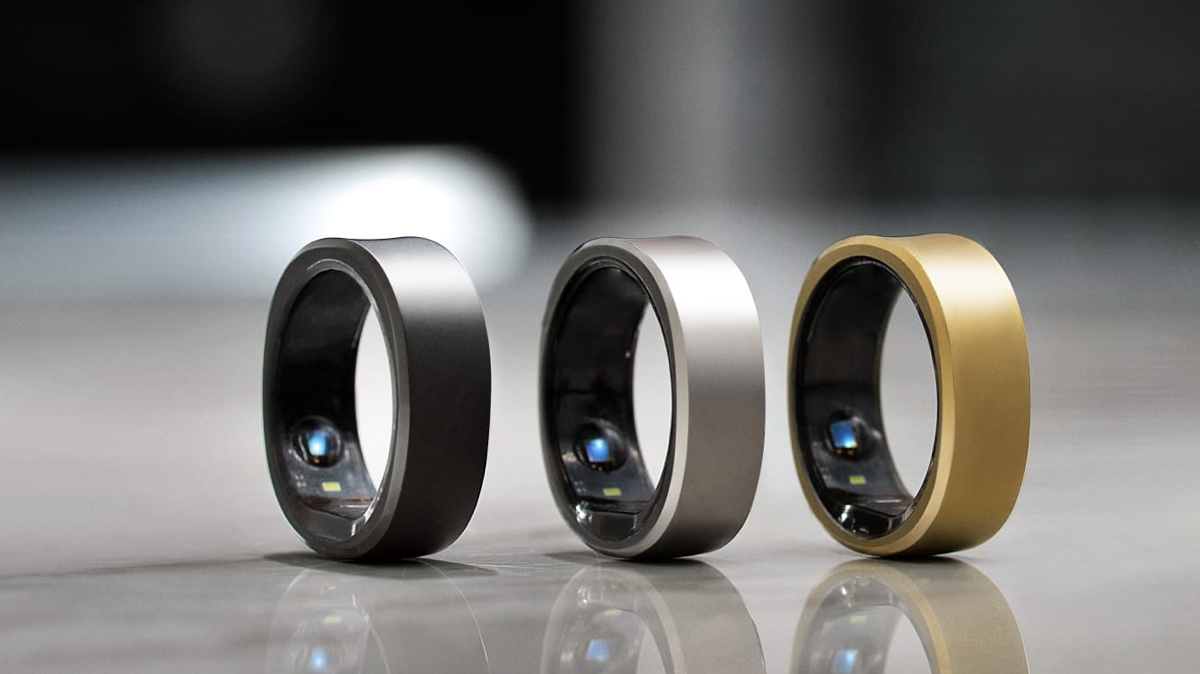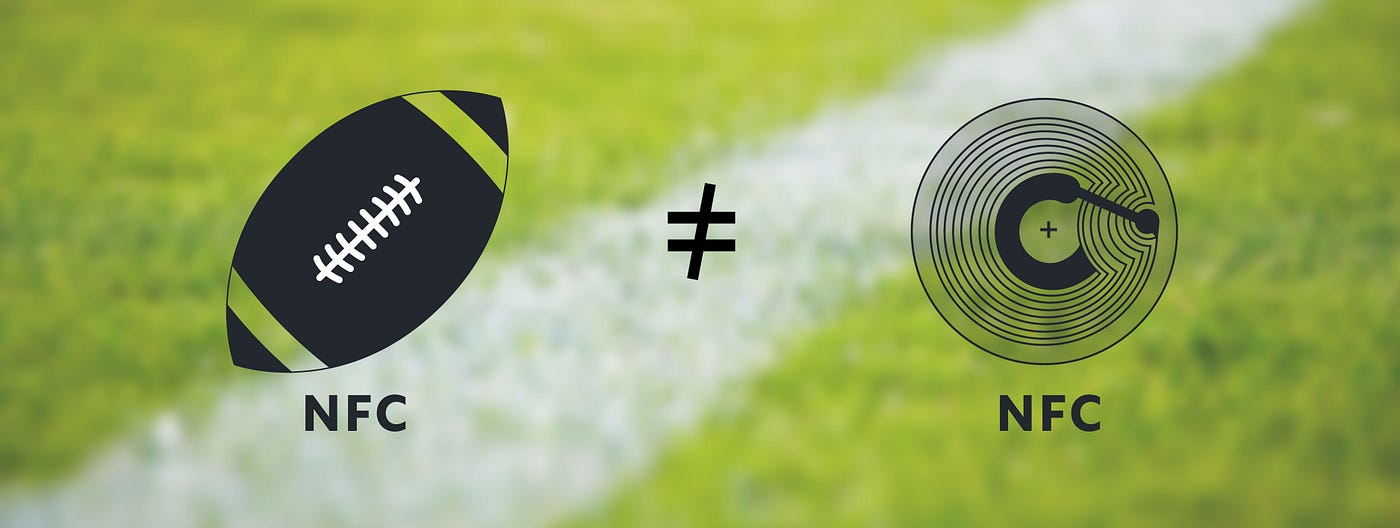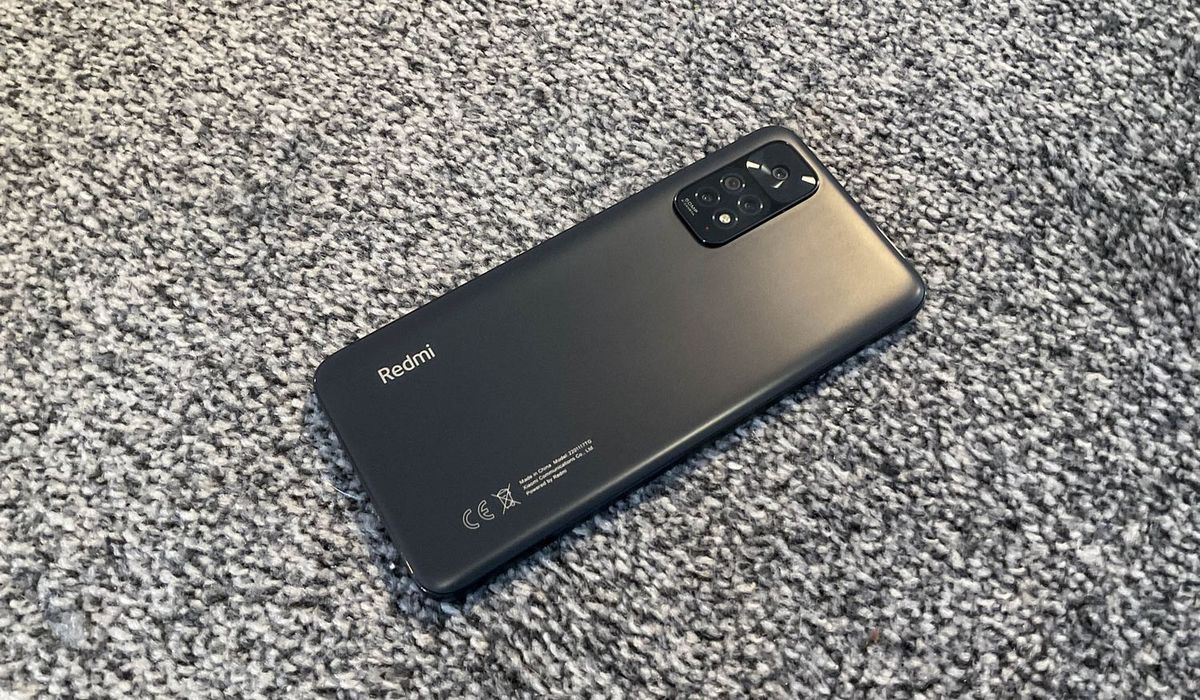Introduction
NFC, which stands for Near Field Communication, has become a popular wireless communication technology in recent years. It enables devices to establish a connection and exchange data with just a simple touch or close proximity to each other. With the increasing adoption of smartphones and the Internet of Things (IoT), NFC has gained significant attention for its convenience and versatility in various industries and daily activities.
NFC allows for seamless and secure communication between devices over short distances, typically within a range of a few centimeters. It is based on RFID (Radio Frequency Identification) technology, which allows for the wireless transfer of data between two devices equipped with NFC capabilities.
This technology has brought significant advancements in sectors like mobile payments, access control, transportation, and even healthcare. NFC-enabled devices, such as smartphones, tablets, and wearable devices, are transforming how we interact with the world around us.
In this article, we will dive into the world of NFC, exploring its functionality, benefits, security, and potential future applications. Whether you are a tech enthusiast or just curious about this emerging technology, this article will provide you with a comprehensive understanding of NFC and its implications.
So, let’s embark on this journey to unravel the mysteries of NFC and discover how it is shaping the way we interact with technology and each other.
What is NFC?
NFC, short for Near Field Communication, is a wireless communication technology that allows devices to exchange data when they are in close proximity to each other. It is a form of contactless communication that operates through electromagnetic fields. Through NFC, devices can establish a connection and transmit information by simply touching or bringing them close together.
At its core, NFC is based on RFID (Radio Frequency Identification) technology, which is commonly used for inventory tracking, access control, and identification purposes. However, NFC takes this technology a step further by enabling two-way communication between devices. This means that not only can data be read from NFC tags or cards, but devices can also send information back to the NFC reader.
One key feature of NFC is its ability to function in two different modes: active and passive. In active mode, the device generates an electromagnetic field and transfers power to the passive device, allowing it to transmit data. This mode is commonly used in mobile payment transactions, where the smartphone acts as the active device, and the payment terminal as the passive device.
In passive mode, the device relies on an external power source, such as an NFC reader, to generate the electromagnetic field. Passive NFC tags or cards are commonly used in applications like access control systems, public transportation ticketing, and inventory management.
NFC operates on a frequency of 13.56 MHz, which is the same frequency used by contactless smart cards. This frequency ensures compatibility between NFC-enabled devices and existing infrastructure, making it easier for businesses and consumers to adopt NFC technology.
It is important to note that NFC is not limited to smartphones and tablets. Many other devices, such as wearable devices, smart home appliances, and even credit cards, are equipped with NFC capabilities. This widespread adoption of NFC has paved the way for new and innovative use cases in various industries.
Overall, NFC simplifies and enhances our daily interactions with technology by providing a convenient and secure wireless communication method. In the next section, we will explore how NFC works and the underlying technology behind it.
How does NFC work?
Near Field Communication (NFC) operates using a combination of electromagnetic field induction and radio frequency communication techniques. NFC-enabled devices, such as smartphones or NFC tags, have an embedded NFC chip that allows them to interact with each other.
When two NFC devices come into close proximity (within a few centimeters), they create a short-range electromagnetic field between them. This field enables the exchange of data between the devices. The process involves two main steps: initiation and data transfer.
1. Initiation: NFC devices must first create a connection by initiating the communication. This can be done in two ways: active and passive initiation.
– Active initiation: In this mode, an NFC device takes on the active role and generates an electromagnetic field. This allows it to communicate with a passive NFC device. A common example is using a smartphone to make a payment at a contactless payment terminal. The smartphone acts as the active device, generates the electromagnetic field, and initiates the communication.
– Passive initiation: In this mode, a passive NFC device relies on an external power source, such as an NFC reader, to generate the electromagnetic field. The passive device becomes discoverable within the field and can communicate with the active NFC device. An example is tapping an NFC-enabled access card on a reader to gain entry.
2. Data Transfer: Once the NFC devices establish a connection through initiation, they can exchange data using one of three modes: read/write, peer-to-peer, or card emulation.
– Read/Write mode: In this mode, one device acts as the reader, and the other device acts as the tag. The reader device sends a signal to the tag, which responds with the requested data. This mode is commonly used for accessing information from NFC tags, such as product details or website links.
– Peer-to-Peer mode: This mode allows two NFC-enabled devices to communicate with each other, sharing data bidirectionally. It enables activities like file transfers, exchanging contact information, or initiating device pairing.
– Card Emulation mode: In this mode, an NFC-enabled device can emulate a contactless smart card. It can store information, such as credit card credentials or transit tickets, and interact with NFC readers as if it were a physical card.
It is worth mentioning that NFC operates on a frequency of 13.56 MHz, ensuring compatibility with existing contactless smart card infrastructure. Additionally, NFC technology incorporates security measures, such as encryption and secure element capabilities, to protect sensitive data during transmission.
Overall, NFC simplifies device communication by providing a convenient and secure way to exchange data wirelessly. In the next section, we will explore the benefits of NFC and how it is transforming various industries.
Benefits of NFC
Near Field Communication (NFC) offers a range of benefits that contribute to its widespread adoption across industries. From convenience to enhanced security, NFC technology has transformed the way we interact with devices and conduct daily activities. Here are some key advantages of NFC:
1. Convenience: NFC simplifies tasks and enhances user experiences by enabling quick and easy connections between devices. Initiating tasks like making payments, sharing information, or pairing devices can be achieved with just a simple touch or close proximity.
2. Contactless Payments: NFC has revolutionized the way we make payments. With NFC-enabled smartphones or contactless cards, users can make secure mobile payments by simply tapping their devices on payment terminals. This eliminates the need for physical cash or traditional payment methods, offering a more convenient and efficient transaction experience.
3. Seamless Tap-and-Go Experiences: NFC technology enables seamless interactions with physical objects and environments. From accessing public transportation, unlocking hotel room doors, or entering events, users can simply tap their NFC-enabled devices to initiate actions, eliminating the need for physical tickets or keys.
4. Versatility: NFC is not limited to smartphones but can also be integrated into a wide range of devices and objects. From wearable devices like smartwatches to smart home appliances, NFC enhances their functionality by enabling easy and secure communication with other devices.
5. Enhanced Security: NFC incorporates security measures that protect data during communication. Built-in encryption and secure element capabilities help safeguard sensitive information, making NFC transactions and data transfers more secure than traditional methods.
6. Increased Efficiency: NFC streamlines processes and improves efficiency in various industries. For example, in inventory management, NFC tags can be used to track and verify the movement of goods. In healthcare, NFC-enabled devices can simplify patient identification and medicine administration processes.
7. Eco-Friendly: NFC offers eco-friendly benefits by reducing the need for physical documents or cards. For instance, with NFC-based digital tickets, there is no need for printed tickets, reducing paper waste and environmental impact.
8. Integration with Internet of Things (IoT): NFC technology plays a crucial role in the Internet of Things ecosystem. It allows for seamless communication and data exchange between IoT devices, enabling smart homes, connected cars, and intelligent cities.
These are just a few of the many benefits NFC brings to various industries and everyday activities. With its continued advancement and integration, NFC is expected to become even more prevalent in our lives.
Use Cases of NFC
Near Field Communication (NFC) technology has found its way into various industries, revolutionizing the way we interact with devices and conduct everyday activities. Here are some prominent use cases of NFC:
1. Mobile Payments: One of the most widespread use cases of NFC is in mobile payments. With NFC-enabled smartphones, users can make secure contactless payments by simply tapping their devices on payment terminals. This technology eliminates the need for physical cards and provides a convenient and efficient payment method.
2. Access Control: NFC is commonly used for access control systems in offices, hotels, and other secured areas. By tapping an NFC-enabled access card or smartphone on a reader, users can gain entry to authorized areas. This technology offers a convenient and secure alternative to traditional key cards or access codes.
3. Public Transportation: NFC has transformed the way we navigate public transportation systems. With NFC-enabled travel cards or mobile apps, users can simply tap their devices on card readers to pay for fares or access transportation services. This provides a seamless and convenient experience for travelers.
4. Loyalty Programs: NFC technology is widely used in loyalty programs, allowing customers to easily collect and redeem rewards. By tapping their NFC-enabled devices at participating stores or loyalty terminals, customers can access exclusive offers, earn points, and enjoy personalized benefits.
5. Smart Homes and IoT: NFC plays a critical role in smart homes and the Internet of Things (IoT). Through NFC, users can control and connect various smart devices, such as smart locks, thermostats, and entertainment systems, simply by touching their NFC-enabled devices or tags to designated areas. This integration enhances the convenience and automation of smart homes.
6. Event Ticketing: NFC-based ticketing systems have revolutionized the events industry. With NFC-enabled tickets, attendees can simply tap their devices on ticket readers for quick and secure access to concerts, sporting events, and conferences. This eliminates the need for physical tickets and provides a smoother entrance experience.
7. Healthcare: NFC technology has made significant advancements in the healthcare industry. It allows for secure patient identification, medicine administration, and inventory management. NFC-enabled devices can store and transmit patient information, ensuring accurate and efficient healthcare delivery.
8. Product Authentication: NFC tags are used to authenticate products and combat counterfeiting. By scanning or tapping an NFC-enabled device on a product’s tag, consumers can verify its authenticity and access additional information, such as manufacturing details or product specifications.
These are just a few examples of the diverse use cases of NFC technology. As the technology continues to evolve, we can expect it to find applications in additional industries, making our lives more efficient, convenient, and secure.
NFC vs Other Wireless Technologies
When it comes to wireless communication technologies, several options are available. Understanding the differences between these technologies is essential to determine which one is best suited for specific applications. Let’s explore how Near Field Communication (NFC) compares to other wireless technologies:
1. Bluetooth: Bluetooth is a widely used wireless technology that enables communication over short distances. Unlike NFC, which operates within a few centimeters, Bluetooth offers a range of up to 100 meters. Bluetooth is commonly used for connecting devices like smartphones, tablets, and speakers, offering higher data transfer rates compared to NFC.
2. Wi-Fi: Wi-Fi is a wireless technology optimized for high-speed data transfer over longer distances. Wi-Fi offers a broader coverage area compared to NFC and is commonly used for internet access, streaming media, and connecting multiple devices to a network. Unlike NFC, which requires physical proximity, Wi-Fi allows devices to communicate and exchange data within a specific Wi-Fi network range.
3. RFID: Radio Frequency Identification (RFID) is the technology upon which NFC is based. While both NFC and RFID use electromagnetic fields for communication, there are some key differences. RFID is typically geared towards one-way communication, with tags storing and transmitting data to RFID readers. NFC, on the other hand, allows for two-way communication between devices, enabling bidirectional data exchange.
4. QR Codes: Quick Response (QR) codes are visual codes that can be scanned by a smartphone camera or QR code reader. QR codes offer a simple and cost-effective means of transmitting information, such as URLs or product details. However, unlike NFC, QR codes do not allow for direct communication and require a separate scanning process.
5. Cellular Technologies: Cellular technologies, such as 4G and 5G, enable wireless communication over large geographic areas. They provide reliable internet connectivity for mobile devices, allowing for voice calls, messaging, and internet access. Cellular technologies offer higher data transfer rates and broader coverage compared to NFC, but they lack the same level of proximity-based interaction.
6. Zigbee and Z-Wave: Zigbee and Z-Wave are wireless communication protocols designed for smart home automation. They enable communication between smart home devices, such as lighting systems, thermostats, and sensors. While NFC provides proximity-based communication with limited range, Zigbee and Z-Wave support longer-range communication within a specific network infrastructure.
Each wireless technology serves specific purposes and excels in different scenarios. In comparison, NFC stands out for its proximity-based communication, ease of use, and security features. Unlike Bluetooth or Wi-Fi, NFC does not require complex pairing processes or internet access, making it ideal for quick, contactless interactions. However, it is important to consider the specific requirements of an application to determine which wireless technology is most appropriate.
NFC Security
Security is a fundamental aspect of any wireless communication technology, and Near Field Communication (NFC) is no exception. NFC incorporates several features and protocols to ensure the secure exchange of data between devices. Let’s explore the security measures implemented in NFC:
1. Encryption: NFC utilizes encryption techniques to protect data during transmission. Data exchanged between NFC-enabled devices is encrypted using cryptographic algorithms, making it difficult for unauthorized parties to intercept and decipher the information. Encryption ensures the confidentiality and integrity of the data being transmitted.
2. Secure Element: Many NFC-enabled devices have a specialized component called a secure element. The secure element provides a secure and isolated environment for storing sensitive data, such as payment credentials or security keys. It protects this information from unauthorized access or tampering, reducing the risk of data theft or misuse.
3. Secure Communication Protocols: NFC utilizes secure communication protocols to establish trusted connections and prevent unauthorized access. These protocols authenticate the devices involved in the communication, ensuring that data is transmitted only between trusted entities. Examples of secure communication protocols used in NFC include NFC Data Exchange Format (NDEF), Secure NFC (SNEP), and Near Field Communication Secure Element (NFC-SE).
4. Limited Range: NFC operates within a limited range of a few centimeters, which inherently provides a level of physical security. The short-range nature of NFC reduces the risk of unauthorized eavesdropping or interception, as an attacker would need to be in close proximity to the devices to capture the transmitted data.
5. Tokenization: NFC-based mobile payment systems often use tokenization to enhance security. Tokenization replaces sensitive payment data, such as credit card numbers, with unique and randomly generated tokens. These tokens are used for payment transactions and can be revoked or limited in their usability, adding an extra layer of security and reducing the impact of potential breaches.
6. Certifications and Standards: NFC technology is subject to various security certifications and standards to ensure its compliance and effectiveness. Organizations, such as the NFC Forum, establish guidelines and specifications that manufacturers and developers must adhere to. Compliance with these standards ensures that NFC devices and applications meet specific security requirements.
It is important to note that while NFC incorporates robust security measures, the responsibility of maintaining security lies with device manufacturers, software developers, and end users. Employing good security practices, such as keeping devices updated with the latest security patches, managing access rights, and being cautious with sharing personal information, can further enhance the overall security of NFC-enabled devices.
By incorporating encryption, secure elements, secure protocols, limited range, tokenization, and adherence to standards, NFC provides a secure foundation for various applications and transactions. However, as with any technology, it is crucial to stay vigilant and aware of potential security risks to ensure a safe NFC experience.
Future of NFC
Near Field Communication (NFC) has already made significant strides in various industries, but its potential for the future is even more exciting. As technology continues to evolve and innovation drives new possibilities, NFC is poised to play a crucial role in shaping our digital interactions. Here are some key areas where NFC is expected to make an impact in the future:
1. Mobile Wallets: NFC-enabled mobile wallet applications are expected to become increasingly popular. With the widespread adoption of smartphones and the convenience of NFC payments, more consumers are likely to embrace mobile wallets as their preferred choice for making secure and contactless payments.
2. Smart Cities: NFC has the potential to revolutionize urban infrastructure and improve the quality of life in smart cities. NFC-enabled devices can be used for public transportation, parking management, access control to buildings, and even citizen identification. This integration will help create efficient and interconnected urban environments.
3. Internet of Things (IoT): As the Internet of Things continues to expand, NFC will play a crucial role in facilitating seamless connectivity between IoT devices. NFC can enable effortless pairing and configuration of IoT devices, making it easier for users to integrate and control their smart devices in a connected ecosystem.
4. Enhanced Customer Experiences: NFC-based technologies, such as interactive NFC tags or smart posters, will allow businesses to create personalized and interactive customer experiences. For example, customers can tap an NFC-enabled device on a product tag to access detailed information, reviews, or even make a purchase. This enhances engagement and empowers customers with relevant information.
5. Healthcare Applications: NFC technology has immense potential in healthcare settings. By enabling secure patient identification, NFC can streamline processes, reduce errors, and enhance patient care. Additionally, NFC-enabled devices can be used for monitoring and transmitting vital signs, medication tracking, and remote patient monitoring.
6. Enhanced Security Applications: NFC technology will continue to evolve with improved security features. For example, advancements in secure element technology will make NFC transactions even more secure and resistant to unauthorized access. This will further increase consumer trust in using NFC for sensitive applications like payments and identification.
7. Cross-Platform Compatibility: In the future, NFC is likely to become even more interoperable across different platforms and devices. This will enable seamless data sharing and communication between both NFC-enabled and non-NFC enabled devices, expanding the reach and usability of NFC technology.
These are just a few examples of the future possibilities of NFC technology. As more industries embrace NFC and the technology matures, we can expect exciting innovations and advancements that will transform the way we interact with devices, conduct transactions, and experience the digital world around us.
Conclusion
Near Field Communication (NFC) has emerged as a powerful wireless communication technology that has revolutionized the way we interact with devices and conduct daily activities. From mobile payments and access control to smart homes and IoT, NFC has found diverse use cases across industries.
NFC offers several benefits, including convenience, contactless payments, seamless tap-and-go experiences, and enhanced security. Its short-range communication and integration with secure elements ensure the confidentiality and integrity of the transmitted data. NFC has also opened up new possibilities for personalized customer experiences and improved efficiency in various sectors.
While NFC is often compared to other wireless technologies like Bluetooth or Wi-Fi, it stands out for its proximity-based communication and ease of use. The limited range of NFC adds an extra layer of physical security, making it ideal for applications that require close interaction between devices.
The future of NFC is promising, with opportunities for further expansion and innovation. Mobile wallets, smart cities, IoT integration, healthcare applications, enhanced security, and cross-platform compatibility are just a few areas where NFC is expected to make a significant impact.
As NFC technology continues to evolve, it will be crucial to prioritize security measures and adhere to industry standards. With proper implementation and user awareness, NFC can provide a secure and seamless experience for users in their interactions with a wide range of devices and applications.
In conclusion, NFC has already transformed the way we connect and communicate, and its potential for the future is vast. With ongoing advancements, NFC technology will continue to shape our digital experiences, making them more convenient, secure, and interconnected.










